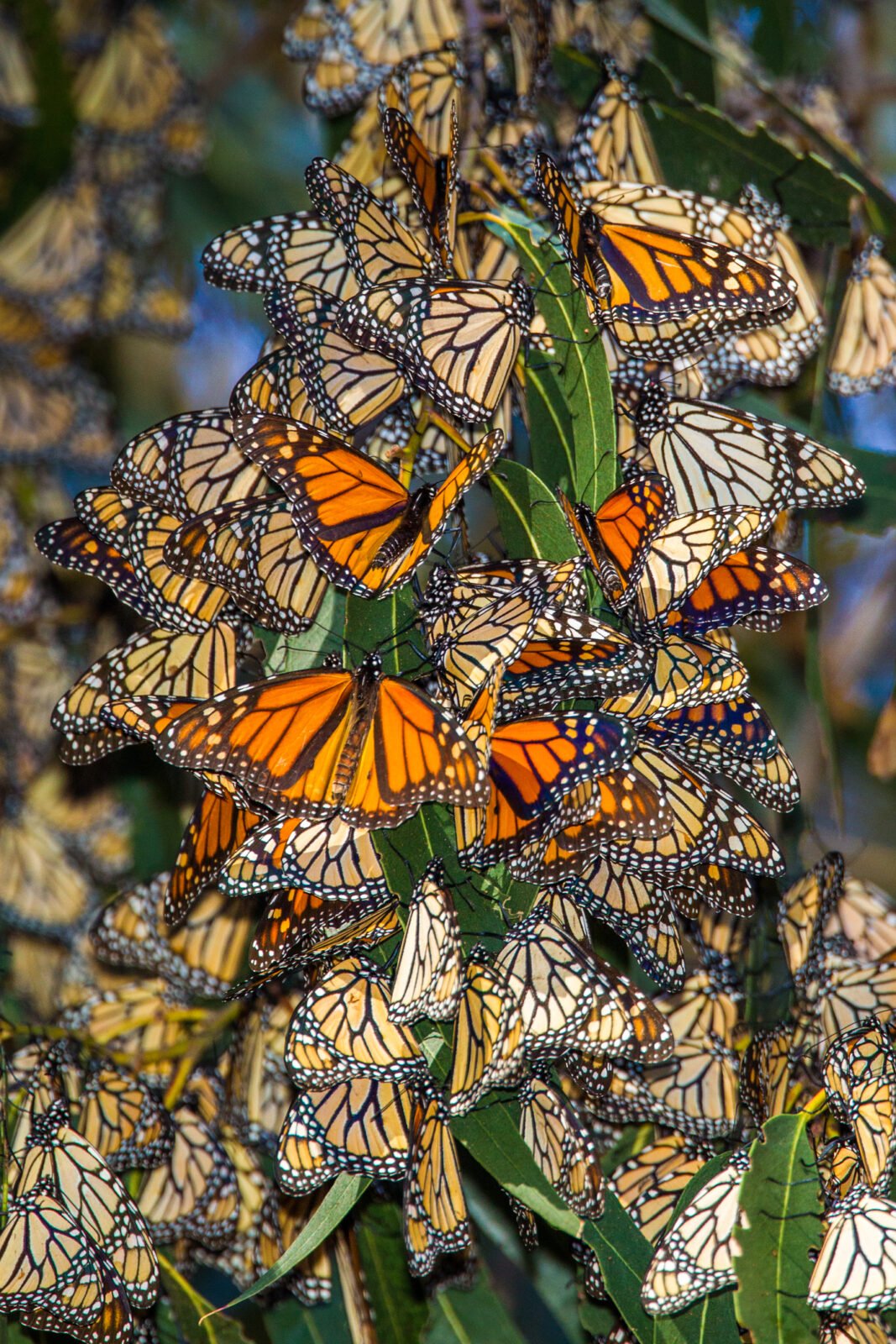
Native News Recap: 2022
Here’s a native news recap looking back at some of the biggest native plant news stories of the...
Fall Feeding for Fertile Fields Fall Fertilization of your shrubs, garden and plants leads to a beautiful, healthy spring garden — it’s the ideal time for feeding if you do it right. When temperatures drop to 40 degrees or lower, plants are stimulated to produce higher concentrations of the materials they need to resist freezing. Fertilizing in the fall helps plants be hardier when the temperatures drop. We also recommend applying fertilizer in the late fall, toward the end of October or early November. This application will catalyze one last frenzy of root growth and really give your plants some staying power through the cold months. Fertilizers 101 There are a few things you need to know when it comes to fertilizing. Mainly, what do the letters N, P, and K stand for? “N” is the first number listed and corresponds to the amount of nitrogen in the mix. Nitrogen is important because it promotes foliage growth. “P” stands for phosphorous, and it’s the chemical that triggers root growth in plants. While the cool fall temperatures make it look like your plants are dead or dormant, there is still a lot going on under the ground —mainly root growth. Fertilizer high in phosphorus promotes strong, healthy root growth now, leading to more beautiful and lush plants in spring. The last letter, “K”, stands for potassium, which is important for adequate cell function and overall plant health. Different Types of Plants, Flowers, Shrubs and Trees all have different fertilizing needs Not every plant is the same, so let’s take a look at some specialty fertilizers, by type of plant. Perennial Fertilizers Perennials like a high phosphate, low-nitrogen environment. If you apply this mix early in the fall you will see more flowers than you thought possible. This pays off during the bloom period! Spring Bulb Fertilizers Bulbs should be planted in September and October for the most impressive spring displays. They need phosphorus at the root level, so mix compost with the soil and they’ll have plenty of food to keep them until spring. Remember to plant the bulb 4x deeper than its height, and plant with the tip facing up. Fertilizing Roses You want to stop fertilizing roses in early fall or you will encourage new growth, which is likely to freeze and die at the first frost. Fertilizing Shrubs, Bushes and Trees Not all shrubs, bushes and trees need to be fertilized, but if they have undersized or pale green leaves, or are showing dead branch tips, dieback or insect damage then they probably do. Newly planted items need to establish roots first, as do plants showing damage from being transplanted or from construction, for example. Also, older, more established trees and bushes don’t need to be fertilized every year. Remember, in these larger specimens, the roots can spread out, so make sure the entire surface area is fertilized, out to 1.5X the diameter of the plant’s branches. (image courtesy the Morton Arboretum) How to Apply Fertilizers Granular fertilizer is usually applied by raking the ground to break it up and then sprinkling the fertilizer granules over the top. You can also mulch over the fertilized soil, then water generously so the fertilizer penetrates in to the ground. A time-release fertilizer can produce great results. Be careful with liquid fertilizers as they can quickly leech away if it rains. Results So, deeper root systems sound great on paper, but do they really make a difference? You’ll see in the spring. Plants that are fertilized in the fall have an earlier green up, and regular fertilizing throughout the year makes for healthier plants in general. The same logic applies to your shrubs, trees and perennials: give them a nutritional boost before winter to help them bounce back vigorously in the spring. Fertilize your plants, shrubs, trees and lawn to stimulate root growth, which will help your plants survive the winter and recover earlier in the springs. Fertilize perennials in the early fall for extended life. Fertilize trees and shrubs in the late fall to give them a boost before the winter. And of course, visit http://directnativeplants.com for all your planting needs!

Here’s a native news recap looking back at some of the biggest native plant news stories of the...
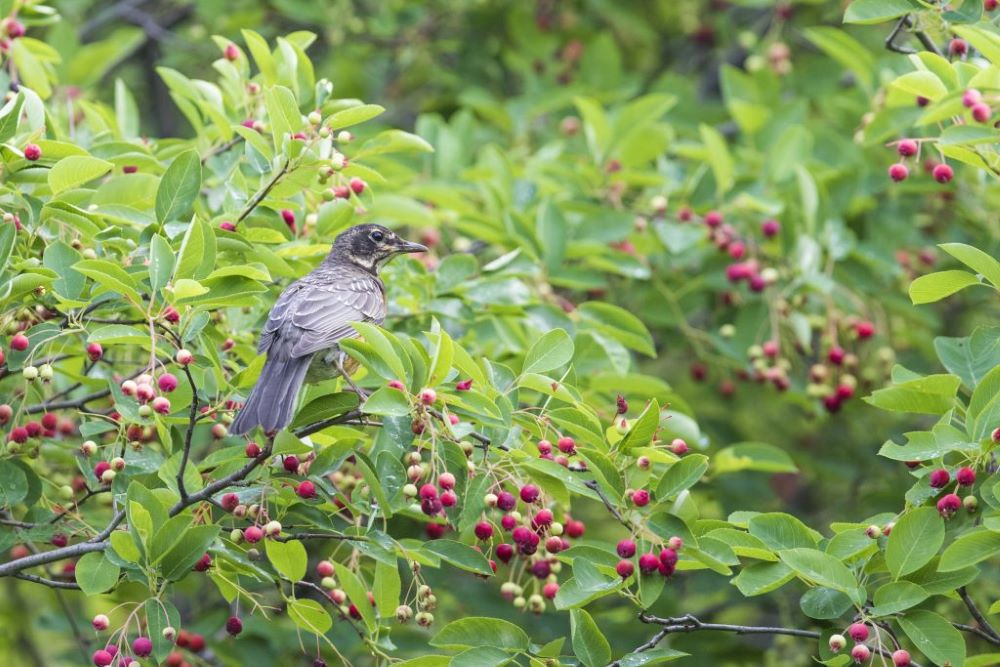
In the past we have emphasized the importance of keystone species in supporting bird populations,...
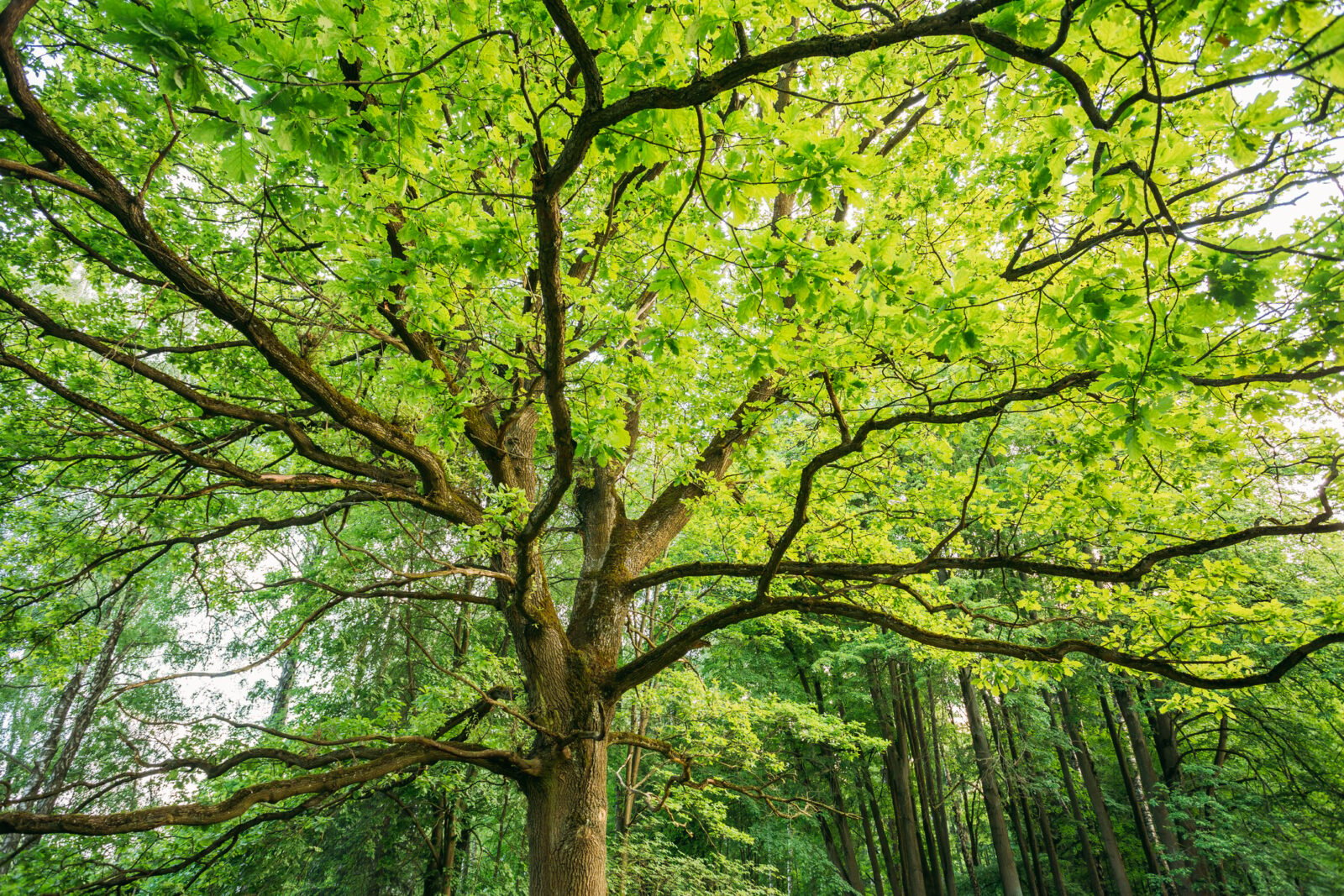
Perennials are the stars of most gardens, and no wonder! They provide a variety of shapes and col...
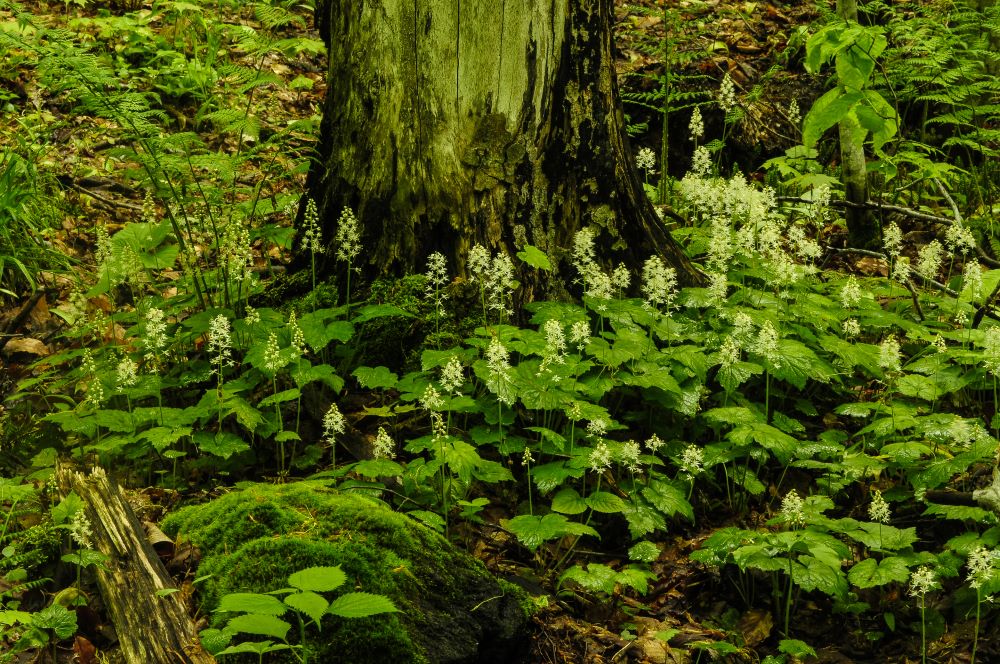
These native ground covers for shade make a perfect living mulch by holding in moisture, keeping ...

Gardening is ‘In’! Over the past two years gardening has suddenly become very popular with pe...
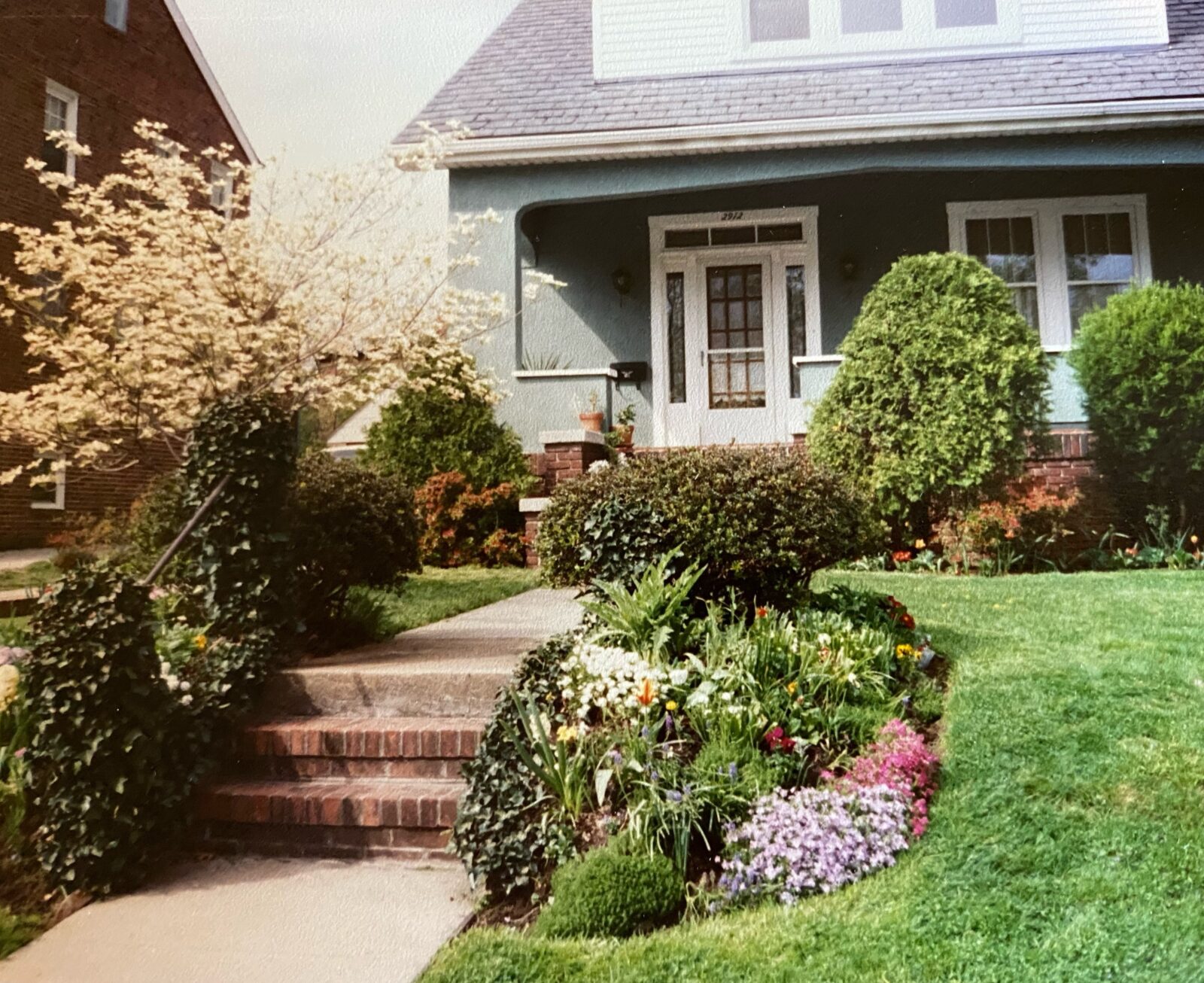
Mothers give us so much, but sometimes it takes a while for us to appreciate the gifts that we ca...
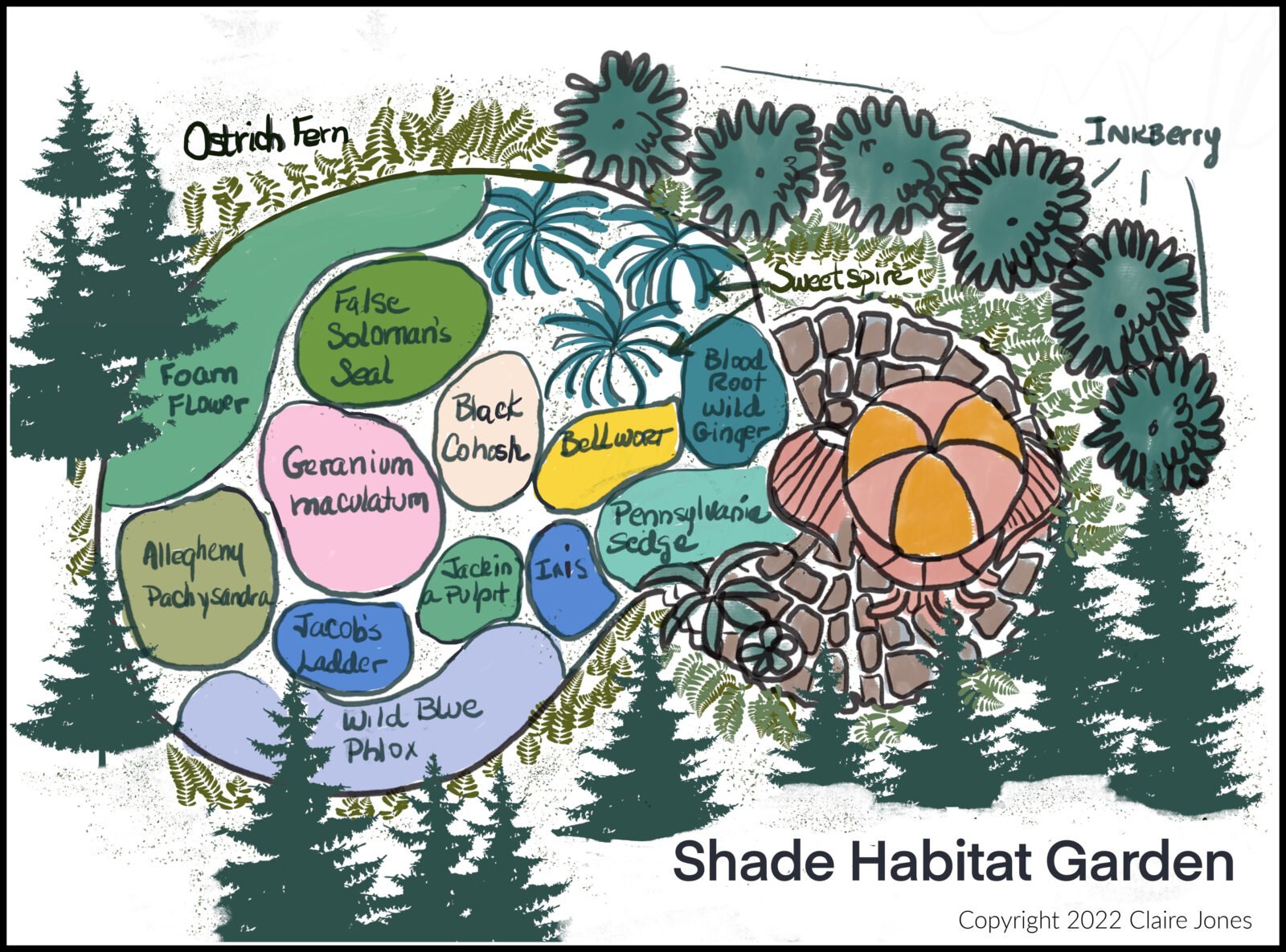
This is the second part of my Habitat Heroes Design series. The first part was a sunny garden of ...
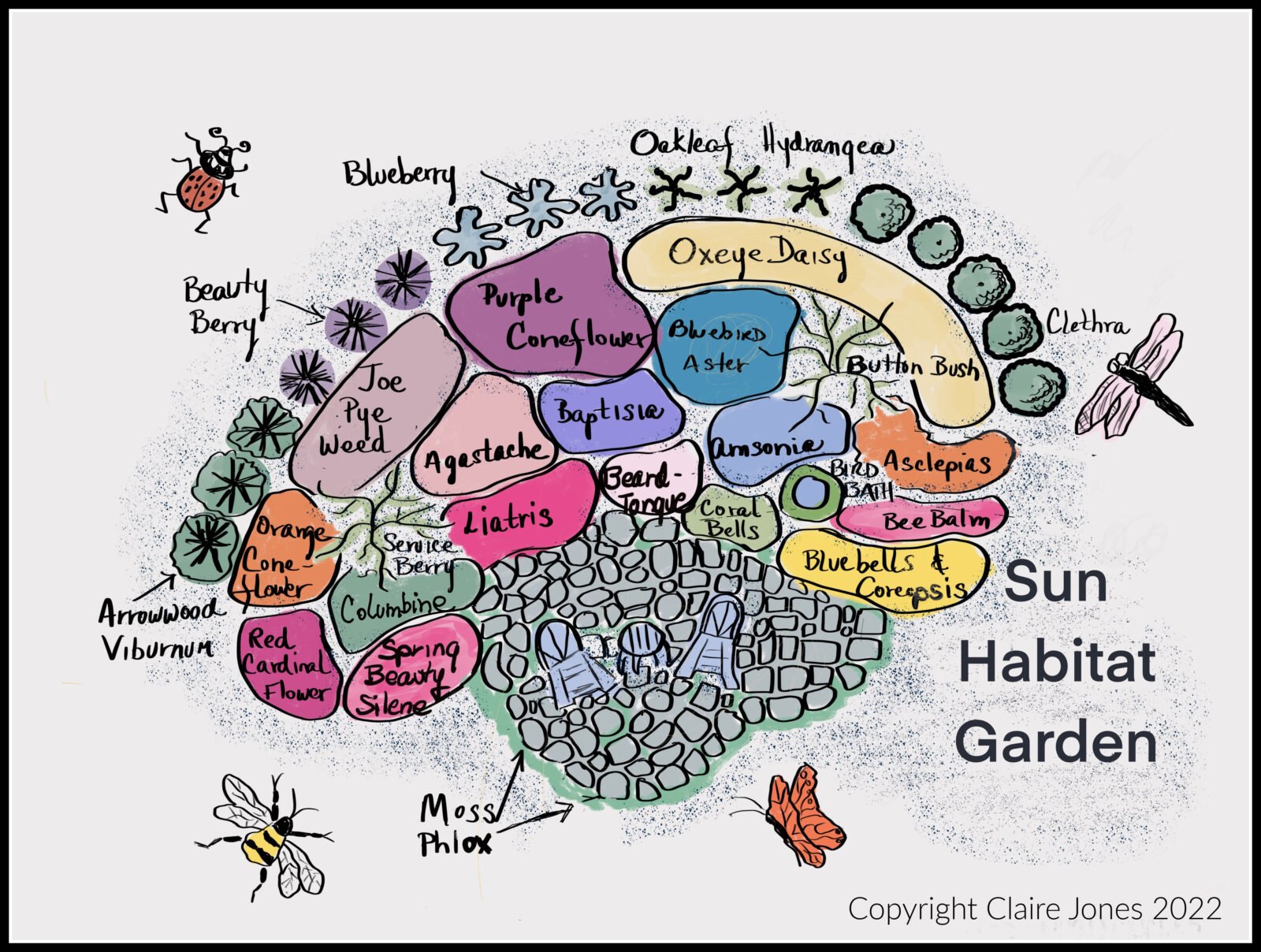
This blog post will cover how to design and install a Sunny “Habitat Hero Garden” with native...
Now Shipping for Spring 2024!